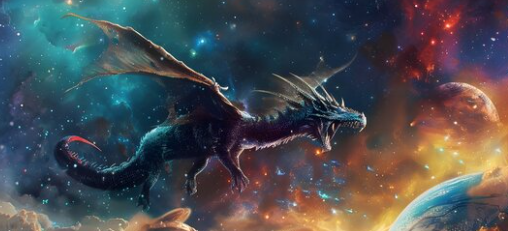Uncover the mysteries of Dragon:K9p5exl1sa8= Nebulae

The study of Dragon:K9p5exl1sa8= Nebulae reveals intricate processes that govern the formation and evolution of stars within our universe. These celestial bodies, born from the gravitational collapse of interstellar gas and dust, play a pivotal role in the lifecycle of galaxies. By examining the various types of nebulae, including emission and reflection varieties, one can gain insight into the complex dynamics of stellar evolution. However, the implications of these formations extend beyond mere star birth—what might their influence on galactic structure and evolution reveal about the cosmos as a whole?
Formation of Nebulae
Nebulae primarily form from the gravitational collapse of gas and dust in the interstellar medium, often triggered by shock waves from nearby supernovae or the influence of massive stars.
These regions serve as stellar nurseries, fostering the birth of new stars.
The dense concentrations of matter facilitate nuclear fusion processes, ultimately leading to the formation of celestial bodies that enrich the cosmos.
See also Navigating the fiery realm of Dragon:Spmvahhmou0= Fire
Types of Nebulae
Various classifications of nebulae can be identified based on their physical characteristics and the processes occurring within them, which include emission, reflection, dark, and planetary nebulae.
Emission nebulae are ionized gas clouds that emit light, primarily in the red spectrum due to hydrogen.
In contrast, reflection nebulae scatter light from nearby stars, often appearing blue due to Rayleigh scattering effects.
The Role of Nebulae in Astronomy
Frequently regarded as the nurseries of stars, nebulae play a crucial role in the formation and evolution of stellar systems, serving as the dense regions of gas and dust where gravitational forces can initiate the process of star birth.
These stellar nurseries are fundamental in recycling cosmic dust, contributing to the creation of new stars and planetary systems, thereby enriching the cosmic environment.
See also Gaze upon the legendary Dragon:U2axbvstjze= Sword, a weapon steeped in myth
Conclusion
In conclusion, nebulae represent critical structures within the cosmos, emerging from the gravitational collapse of interstellar matter and serving as incubators for stellar formation.
Their diverse types, including emission and reflection nebulae, illuminate the intricate processes governing the universe.
The influence of nebulae on galactic evolution and star formation dynamics underscores their importance in astronomical research.
As one gazes through telescopes—akin to ancient navigators using the stars for guidance—the significance of these celestial phenomena becomes increasingly evident.




